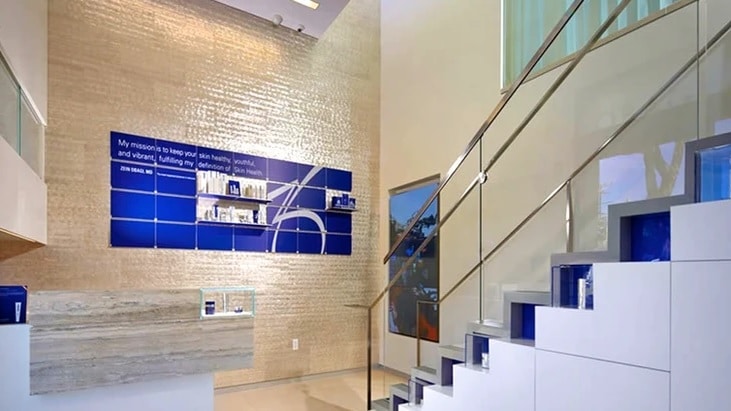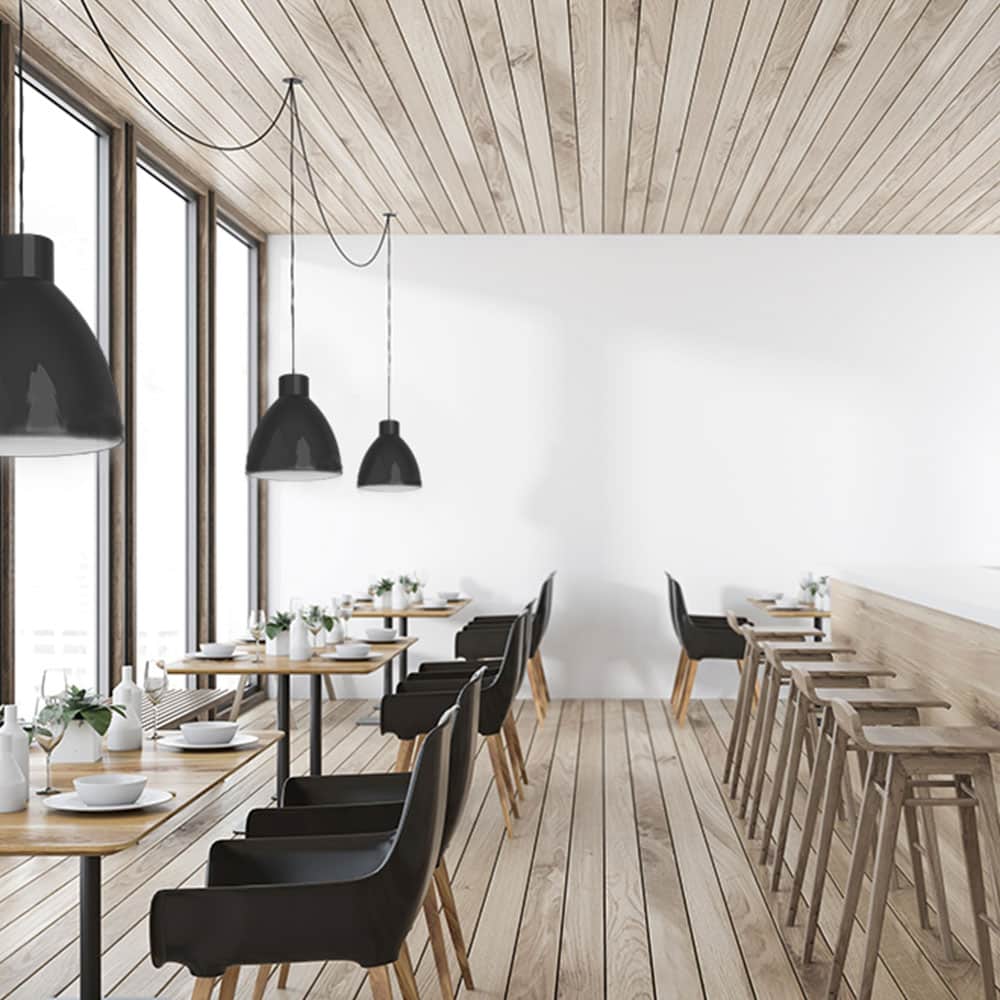We tend to take our lights for granted: We flip a switch and enjoy instant illumination. Great lighting does this and more, creating an inviting atmosphere, making us feel safe, and directing our attention to points of interest. Depending on whether you are designing lighting for a restaurant, the hospitality industry, residential, or commercial environments, great lighting can enhance the structure, reinforce brand identity, and illuminate key areas to their best advantage.
Ideally, we want these effects to require minimal energy, affordable equipment, and little maintenance. This is where a good lighting designer comes in.
What Does a Lighting Designer Do?
Great lighting is only possible because of the careful work of lighting design teams. Beyond selecting and installing fixtures, designers working on commercial spaces are constantly updating their knowledge of the field. Among their top priorities:
- Keeping up with the latest available lighting equipment and technology
- Bringing aesthetic sensibilities to the complex world of electric codes and standards
- Exerting critical influence over the overall energy use of a commercial building
- Balancing the use of natural sunlight in the space with the need for nighttime, accent, and ambient light
- Using task lighting to increase the functionality and user-friendliness of a space
Lighting designers tend to emphasize the practical requirements of heavily-used areas — reminding engineers and architects alike that the people using a commercial space need to be able to see what they’re doing and, just as importantly, feel comfortable and safe while they’re doing it.
In the past, overly simplistic lighting strategies (from the “more light, more sight” school of thought) flooded commercial spaces with unnecessary, sometimes glaring light. More thoughtful light design in recent years emphasizes using the right light for specific actions, setting an intentional mood, or enhancing a structure’s beauty.
As a result, our spaces look better, our eyes feel better (also minds/headaches?), and we use less energy — a definite win.

Lighting Designers at Work
Lighting designers work on a range of projects. For example, they may oversee the installation of roadway lighting, underground lighting for utilities, or lighting for large-scale commercial buildings. Or they’ll determine the right amount, direction, distribution, and color temperature of light needed at a store to display products and attract customers. Or they’ll brainstorm ways to light roadways for better safety and energy efficiency.
To do this, they manage teams of specialists and expensive equipment. Lighting designers may inspect and approve components before use and even troubleshoot issues with equipment.
The results can be astonishing.
Designers were able to use Solais LED lighting fixtures to turn a too-dark luggage store with high-maintenance lighting into an intuitively-lit, easy-to-navigate space. To do this, they had to balance lighting that would bring out the textured finishes on the luggage with the store owner’s desire to save on energy costs. The new LED lighting they installed literally puts a spotlight on the merchandise. As a result, the customer’s journey from store entrance through product selection and payment feels seamless.
Want to know more about lighting design as a specialty? Read our blog: What is a lighting designer?
Finding a Top-Tier Lighting Designer
How do you find the best designer for your space? There are a few angles to consider here — including the designer’s approach, experience, and relevant certifications.
For example, questions to ask a potential designer may include:
- Whether they have experience with region- or application-specific energy and lighting codes
- Whether they know how to design for sustainability, if that is a priority (e.g., if you seek LEED certification)
- How they stay up-to-date on the latest developments in the field (and what they’re most excited about now)
Inquiring about a prospective designer’s professional associations may also be a good idea. Two prominent groups in the lighting industry are the International Association of Lighting Designers (IALD) and the National Council for the Qualification of Lighting Professionals. IES is another big one. Your project might not require these credentials, but a connection with these groups may signify your designer’s professional goals or interest in ongoing education.
Looking for an expert lighting designer who can meet your project’s needs is worth your time. Next time you enter a space that feels particularly inviting, look for the light — that’s likely a reason why.
If you’re interested in finding a great lighting designer to help you tackle a tricky commercial space, get in touch with Solais today. Our team can provide information on LED lights, consultations on energy savings, and more.
